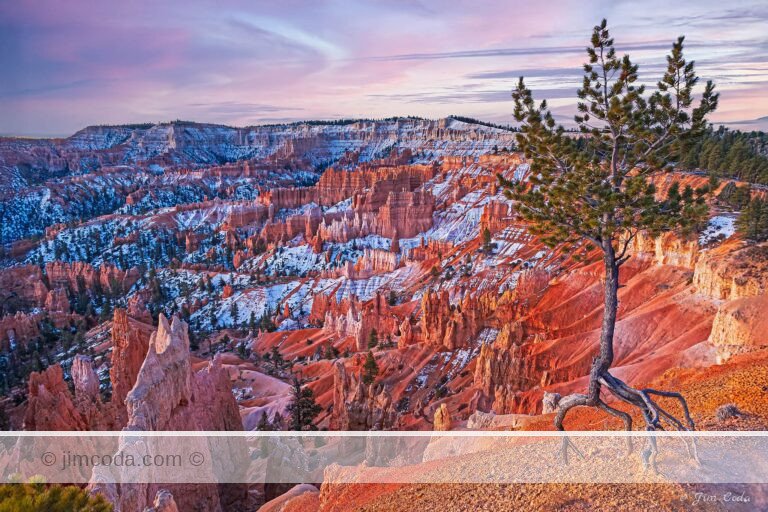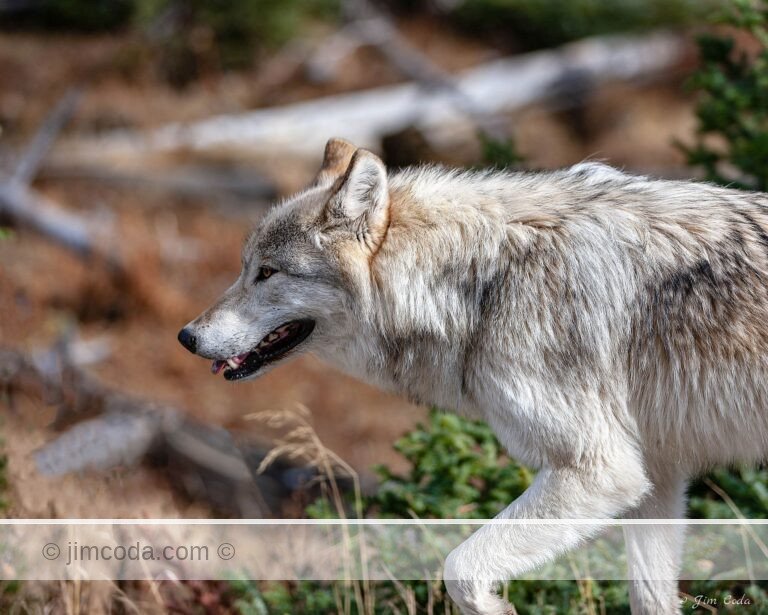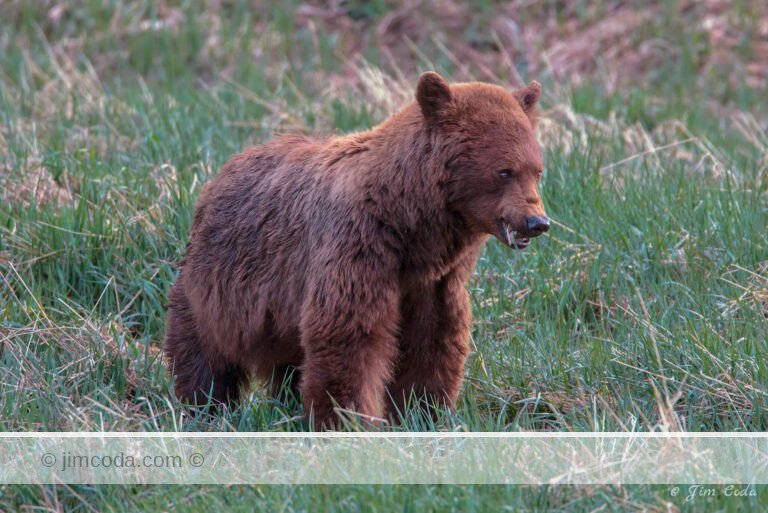Category: Osprey
Dangerous to Wildlife
A few days ago I wrote about the dangers of baling twine to ospreys. This is what...
Osprey Nest Comprised Mostly of Baling Twine
As I was driving home after my visit to Yellowstone and...
Osprey Perched on Dock
I was backing up some images recently and realized I had forgotten that I photographed...
No articles found
Prints for sale
Browse my selection of photos for sale as fine art prints
Filter by category
Sorry, no prints in this category









